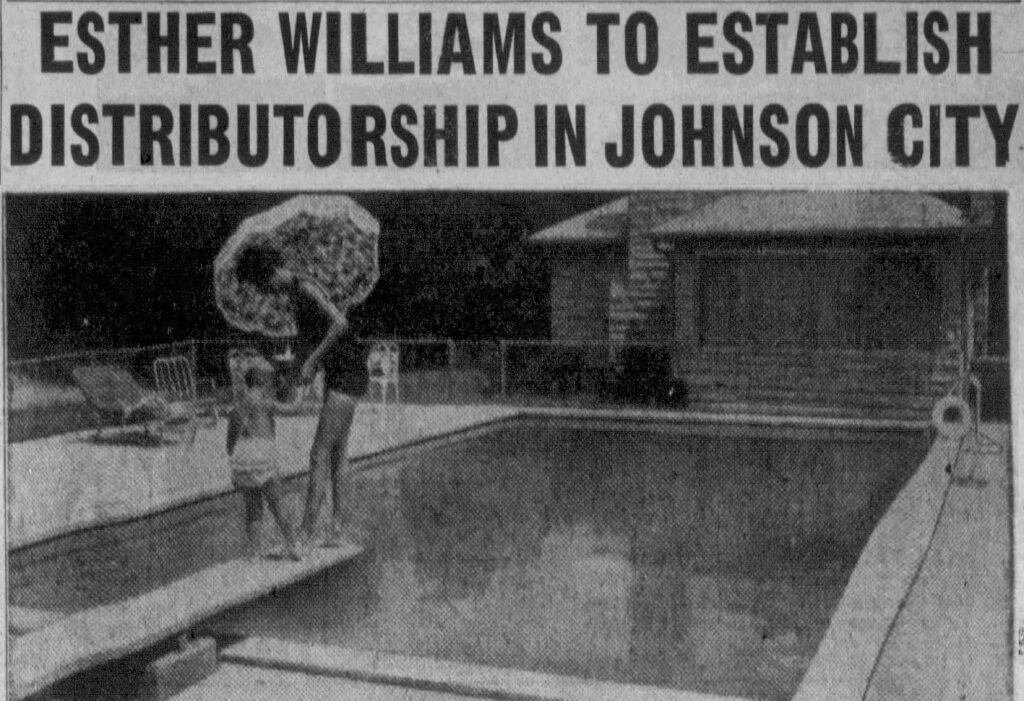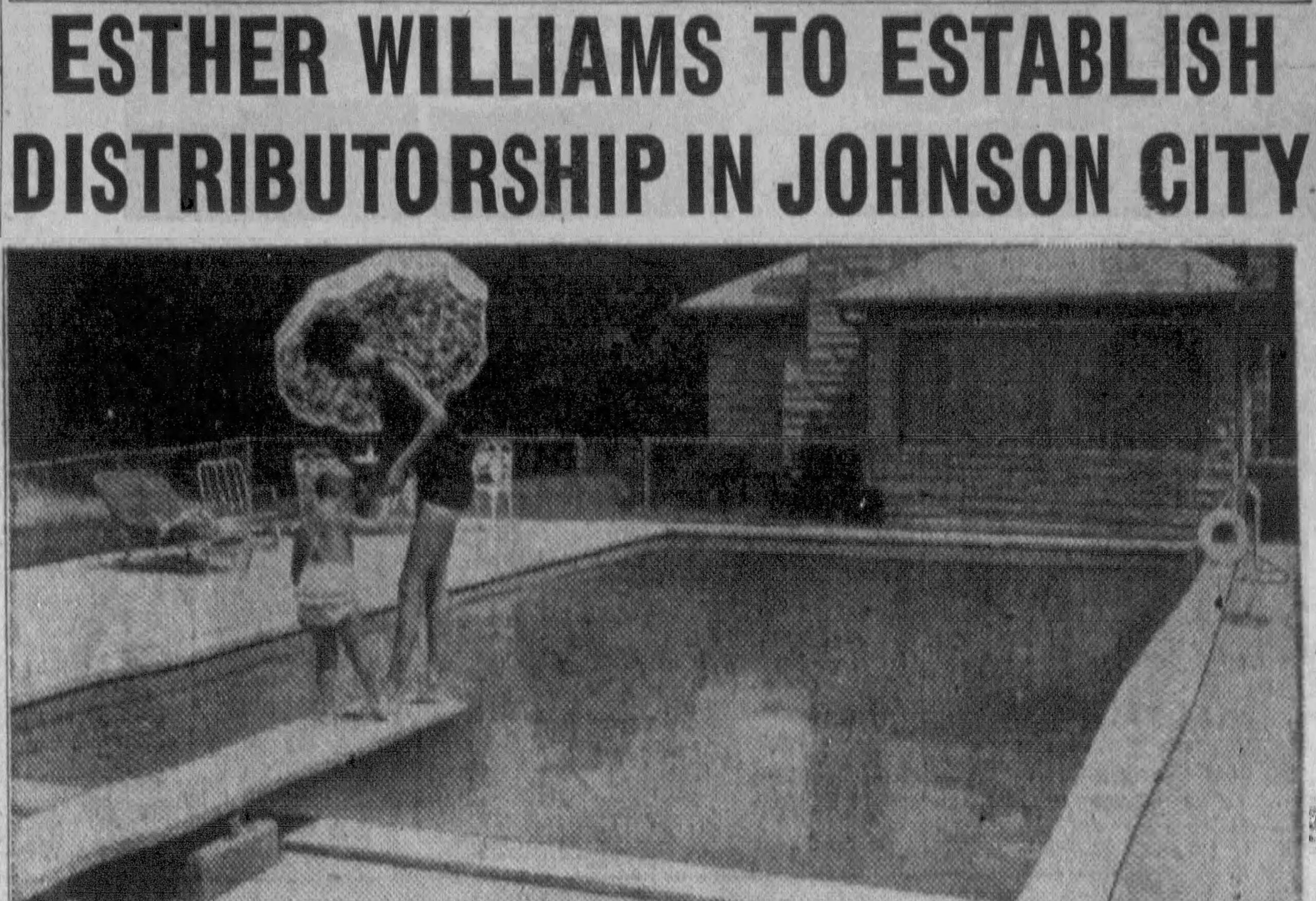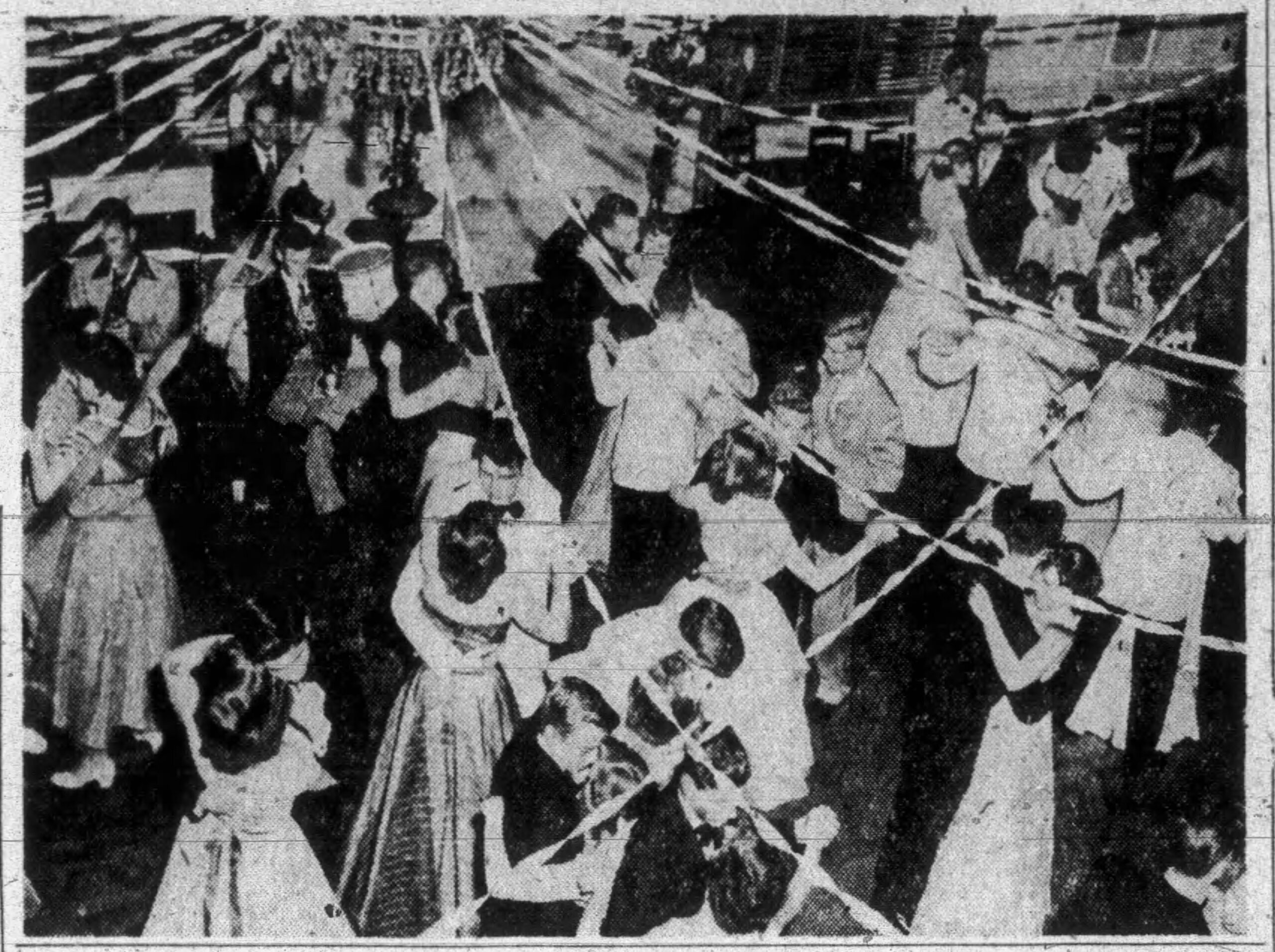As the summer months approach, many naturally retreat to their backyard pools to cool down. The existence of swimming pools in one’s own backyard was rare until the 1950s. In 1952, there were only 17,000 swimming pools in the United States according to the National Swimming Pool Institute. By 1958, that number had grown to over 133,000.
Pool advertisers beckoned new installations by calling swimming pools the new status symbol instead of a shiny new automobile. Installing a new pool was quite an investment in the 1950s at approximately $4,000, however most paid in monthly installments. One argument for buying a pool: “in time it will pay for itself through savings on all-family vacations. The family stays home now to swim.”

Early pool enthusiasts of the 1940s often resorted to building their pool out of a variety of materials including roofing paper and large vats. However, the 1950s brought the introduction of low-cost prefabricated pools.
Two popular options in the 1950s were the Buster Crabbe Swimming Pool and the Esther Williams Swimming Pool. Both were well-known swimmers and film stars that launched a line of pools that were heavily advertised:
“Yes, you can have this big, luxurious, in-the-ground pool, designed by Esther Williams, Internationally famous swimming star-the newest and smartest means of family fun and healthful, out-door exercise. It means less hot, summer driving on crowded highways to club or beach”.
“Installing your Buster Crabbe pool yourself is easier than ever, thanks to ‘Unitization.’ Buster Crabbe provides all the material…everything except the hole. Just two or three week-ends of work, and you’re the proud owner of a bigger, better, safer, and stronger pool.”
For those of us who could only dream of a swimming pool in the backyard, Sur Joy was there for only a dime to relieve us from summer heat.


